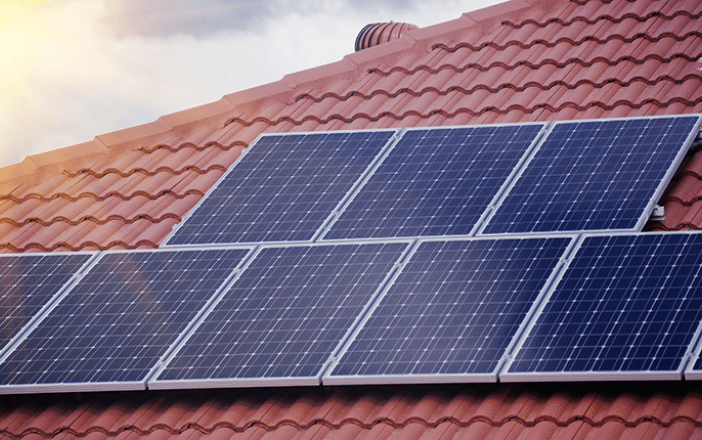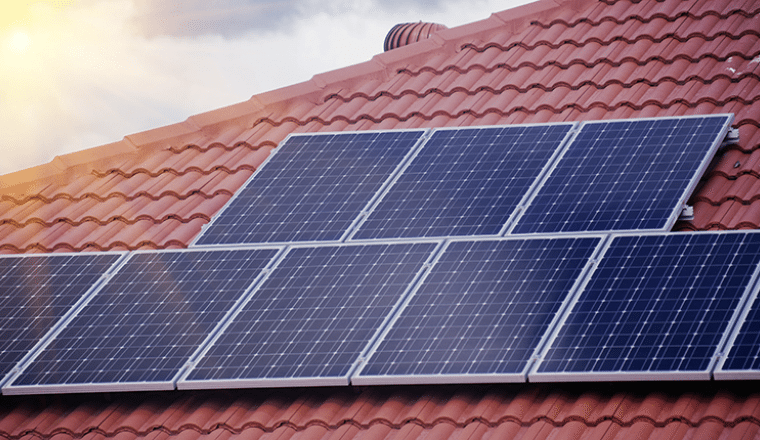

New South Wales pricing regulator IPART has confirmed plans to effectively penalise the state’s solar households for the lower electricity prices their rooftop PV has helped to deliver, by cutting the recommended feed-in tariff in half for 2018/19.
In a solar FiT pricing update released on Tuesday, IPART said its draft benchmark for the price of solar exported to the grid – which serves only to guide retailers, and is entirely voluntary – was 7.5c/kW, down from the 11.9-15c/kWh range in 2016/17.
IPART justifies the proposed tariff cut, which it first flagged in March, using the same reasoning it used then: that wholesale electricity are forecast to fall in 2018/19, partly because of the impact of rooftop solar, and so solar payments should, too.
“We set the draft benchmark for the all-day solar feed-in tariffs based on our forecast of the average price that retailers would pay for solar exports across the day (weighted by solar output) if they were buying them on the wholesale market,” the IPART draft report says.
“For 2018-19, our draft all-day benchmark is 7.5c/kWh. We consider this benchmark is reasonable, and that setting a higher benchmark would lead to unacceptable outcomes.
“In particular, if retailers were required to pay more for these solar exports than they would pay for wholesale electricity on the NEM, retail prices for all customers would need to be higher to recover the difference,” it says.
It says the new recommendation is lower than the preliminary estimate of 8.3kWh, because it reflects the most recent forward contract wholesale price from the ASX, which has fallen from 8 cents to 7.4 cents since the release of the Issues Paper.
But the regulator denies claims that cutting the tariff will effectively punish solar households for the contribution they have made to shifting peaks, cutting network costs and reducing wholesale power prices for all consumers.
In fact IPART disagrees completely with that notion, instead taking the hard line that solar exports are “not likely” (their emphasis) to provide system-wide net benefits for networks.
This seems to fly in the face of a move by Ausgrid to encourage more rooftop solar in its network so that it can deflect network upgrades.
“Some stakeholders called for feed-in tariffs to include a value for the benefit that solar provides to the electricity network, particularly the potential to defer investment in the networks,” the paper says.
“Because retailers do not capture any value associated with benefits to the networks, our view is that such a payment would need to be made from the networks (rather than retailers) to customers.
“We have found that solar exports are unlikely to contribute to meeting peak demand on the distribution and transmission networks (because the peak occurs in the late afternoon when the proportion of exports is very low), and therefore are unlikely to defer network costs,” the paper continues, omitting, perhaps that rooftop solar has already shifted and reduced peak demand.
“Solar exports may impose costs on the distribution network. For example, investments may be needed to support bi-directional flows of electricity to handle the volume of solar exports.
“In effect, a higher feed-in tariff would result in households without solar panels paying higher electricity bills so that customers with solar could receive more for their solar exports,” IPART says.
IPART’s line also stands it apart from its counterpart in Victoria, which was asked to include both a social price of carbon in its tariffs, and is also introducing a time-reflective tariff. IPART looked at that and decided it didn’t like it.
The report noted that the regulator had decided to set a single price point, rather than a range, for this year’s recommended benchmark, because it expected “little variation in the value of solar exports across the day.”
It did, however, propose benchmark ranges for time-dependent solar feed-in tariffs, which it has provided in this review on request from the state government.
“The government has asked us to also set a benchmark range for time-dependent solar feed-in tariffs (ie, to guide retailers in setting a tariff that varies depending on the time of day the solar customer exports to the grid).”
IPART said it had based the benchmark ranges for those tariffs – shown in Table 1.2 below – on when the most price variation occurred during the day.
As you can see, the solar is valued the highest in the afternoon, because – as IPART concedes – this could incentivise solar households to export more solar in the afternoon, when demand is higher.

Indeed, this sort of demand response market mechanism is considered by many – including the Australian Energy Market Operator – as part of a highly valuable suite of behind the meter resources that could further reduce peak power demand and defer the need for expensive network upgrades.
But IPART doesn’t seem keen on time-reflective tariffs either.
“We note that while the time-dependent feed-in tariffs are likely to be more cost-reflective, retailers may continue to prefer to set an all-day rate, reflecting the small amount of variation in the value of the vast majority of solar exports,” the report says.
“Retailers submitted that a single, all-day solar feed-in tariff is simple to understand and does not create complexity and additional costs to retail operations.”
Not surprisingly, solar advocacy groups are not happy with IPART’s decision – or its reasoning – and have been quick to get that message out.
“A feed-in tariff of 7.5c is simply daylight robbery,” said Shani Tager, senior campaigner at Solar Citizens.
“Solar households in NSW cut $2.2 billion off the the wholesale price of power for everybody in the state in just one year and they helped keep the lights on during the heatwaves.
“The NSW government needs to step in and mandate a fair price for rooftop solar that’s fed back into the grid, recognising the many benefits of rooftop solar, such as grid savings, environmental and health values that are not recognised at the moment.
“400,00 plus solar households in NSW have stumped up their own cash to put solar on their roof and unless the Government does something big retail companies will pay them a pittance for the clean energy they produce,” said Tager.

Sophie is editor of One Step Off The Grid and deputy editor of its sister site, Renew Economy. Sophie has been writing about clean energy for more than a decade.



